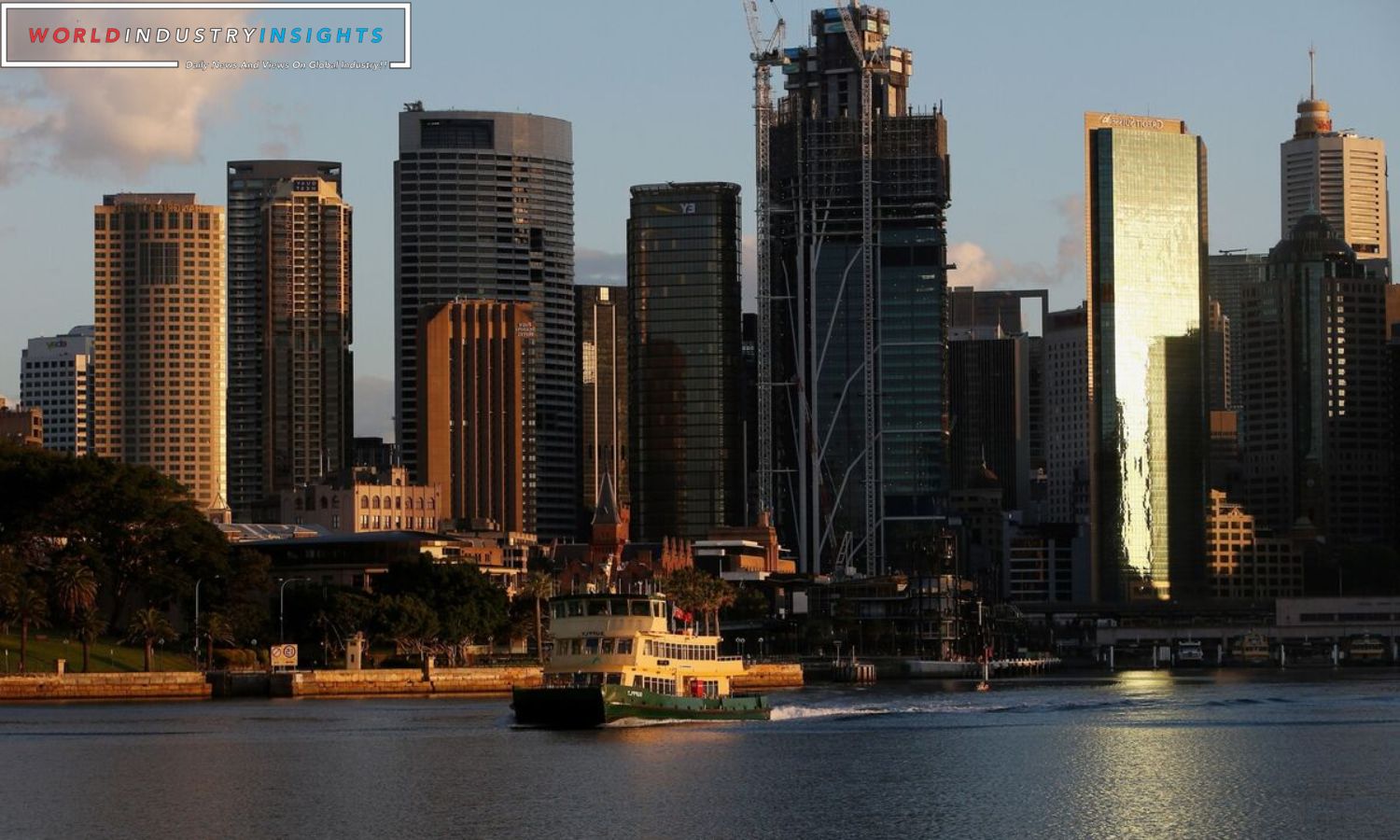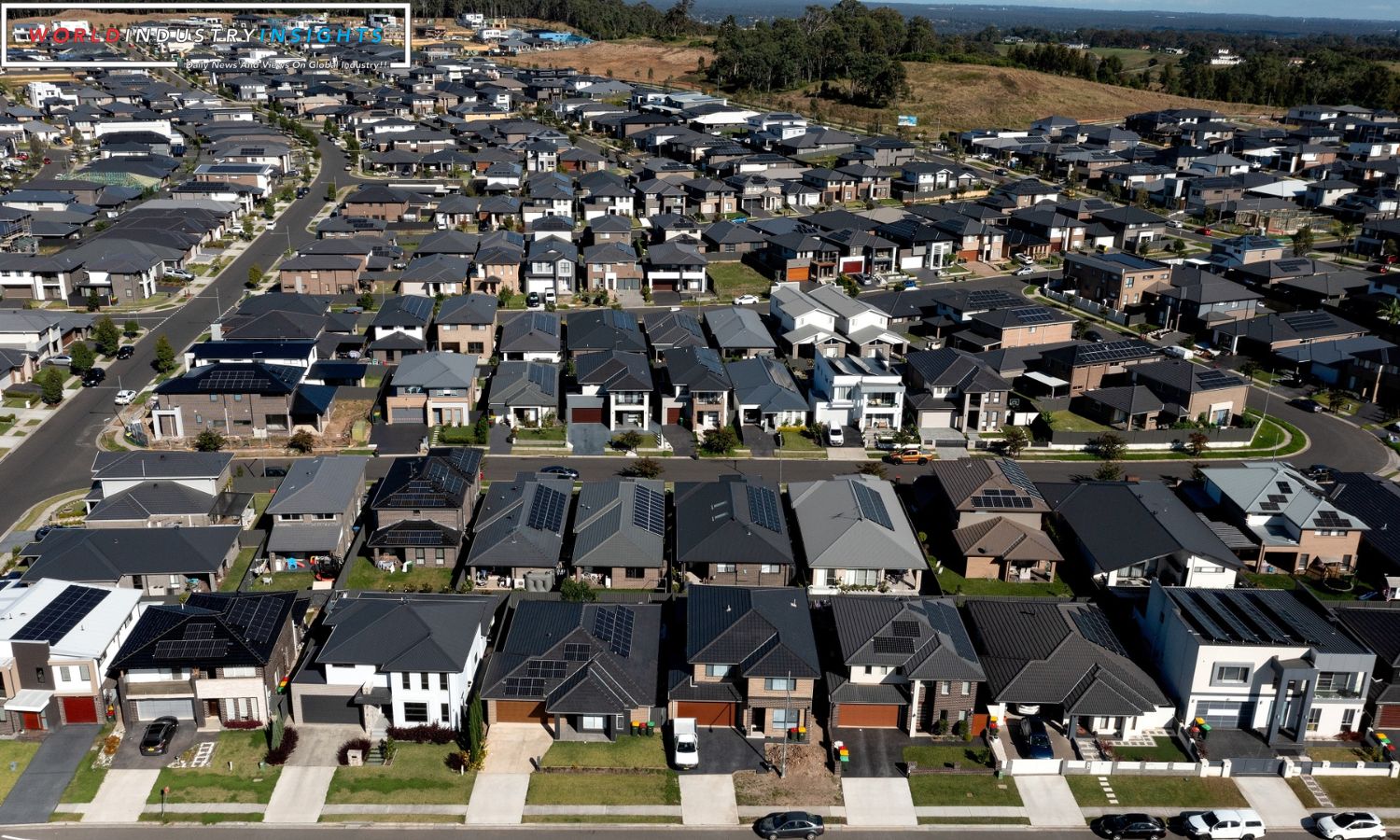Resilient Aussie Homes: The Reserve Bank’s major interest rate decision is crucial in Australia’s ever-changing economic landscape.The central bank will keep the interest rate at 4.35%. This expected decision shows the surprising durability of the Australian property market, which has recovered from pandemic-induced concerns.
Despite the benchmark interest rate reaching a 12-year high, the Australian real estate market has not just bounced back but surged beyond its 2022 setbacks. Home prices are on a trajectory to witness an 8% surge this year, with another 5% expected in the following year. The housing market, deemed one of the most expensive globally, is defying conventional expectations, showcasing a remarkable resilience in the face of heightened interest rates.
Ben Picton, Senior Strategist at Rabobank, predicts that while the Reserve Bank might adopt a hawkish stance, emphasizing the potential for rate hikes, the actual implementation might take a backseat. This cautious approach aligns with the bank’s recognition of the housing market’s robustness and its ability to withstand the impact of higher interest rates.
The poll reveals that out of 30 economists, 28 expect the RBA to keep the official cash rate steady on December 5, with only two predicting a 25 basis point hike. Looking ahead, 20 out of 29 economists foresee the RBA maintaining rates until the end of March, with the remainder predicting a quarter percentage point hike by that time.
Also Read: Evergrande Legal Twist: Adjournment Sparks Market Rally Amid Restructuring Uncertainty
Projections from the survey suggest that rates will stay put until the end of September, followed by a 25 basis point cut to 4.10% in the last quarter of 2024. This places the RBA behind its global counterparts in terms of monetary policy adjustments.
Despite concerns about affordability due to record-high home prices and elevated interest rates, analysts emphasize that the Australian housing market continues to thrive on increasing demand and limited new construction. The survey assesses the outlook for home prices in major Australian cities, indicating expectations ranging between 3.5% and 7.0% growth for both 2024 and 2025.
Responding to questions about the ratio of home ownership to renters over the next five years, all nine analysts who responded anticipate a decrease in home ownership. Diana Mousina, Deputy Chief Economist at AMP, underscores that while affordability challenges persist, improvements could occur with a modest decline in prices or if the RBA decides to cut interest rates. However, substantial improvements would require a more significant price reduction, potentially exceeding 30%. The Australian real estate narrative unfolds against the backdrop of economic intricacies, with the RBA’s decision serving as a critical chapter in this ongoing saga.
Our Reader’s Queries
What is a resilient home?
A sturdy home is one that is strong, effective, and ready to endure unfavorable effects, such as long-term pressures and sudden, unforeseen shocks. These can vary from ongoing difficulties, like air and noise pollution, climate conditions, and dampness, to more severe impacts such as storms, heatwaves, and earthquakes.
What is the Northern Rivers Resilient Homes Fund package?
The Resilient Homes Program in Northern Rivers is offering financial aid to homeowners in flood-prone areas. House raising assistance of up to $100,000 and retrofitting aid of up to $50,000 will be provided to those who meet the eligibility criteria. The program aims to improve building standards and reduce flood risk in the region.
How can I make my house climate resilient?
Protecting your home from the effects of climate change is crucial. You can take proactive measures to safeguard your property by installing rain gutters to redirect water away from your home, which can mitigate flood risks. An air conditioner can shield your household from extreme heat, and a metal roof can protect against wildfires. These simple steps can go a long way in ensuring the safety and security of your home.
What is a resilient building?
Resilient building design is a collection of techniques and approaches that aid in the creation of landscapes and communities that can withstand the natural disasters prevalent in the area. The name itself implies the ability to bounce back from adversity, and this is precisely what this design philosophy aims to achieve. By implementing resilient building design practices, we can ensure that our communities are better equipped to handle the challenges posed by natural disasters, and that they can recover quickly and efficiently in the aftermath.


